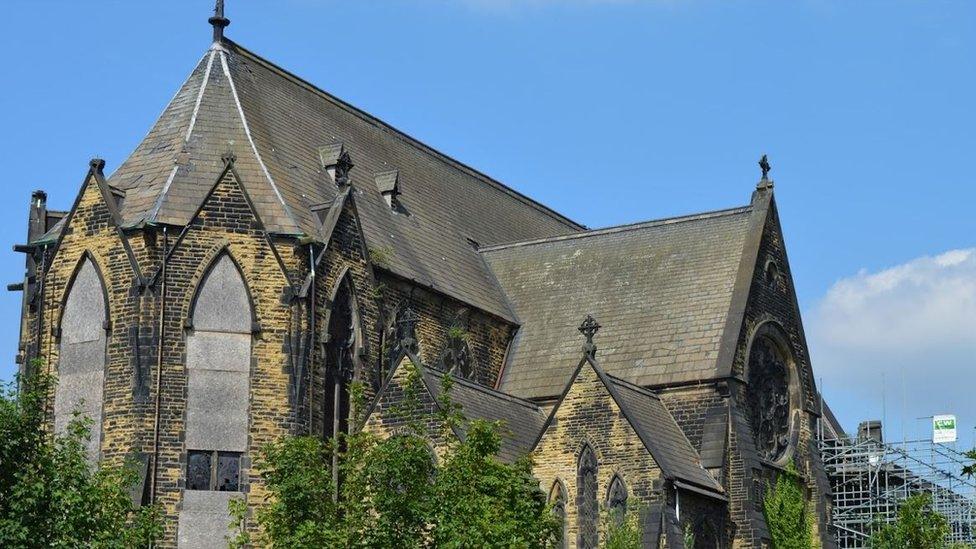Liverpool Street Station among those 'at risk' by Victorian Society
- Published
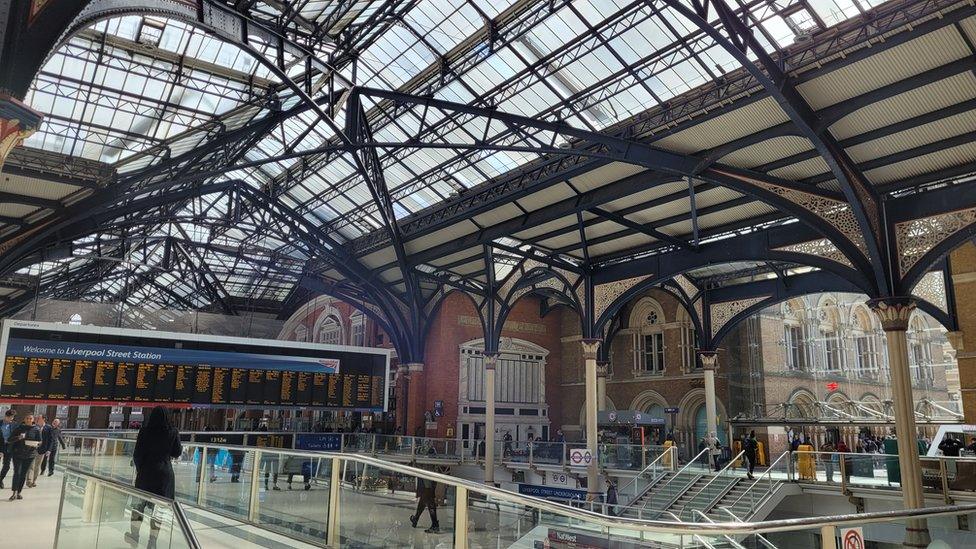
London's Liverpool Street station and the former Great Eastern Hotel have been named as being among the most at-risk Victorian buildings in England and Wales.
The Victorian Society has issued its top 10 most endangered sites, describing them as being "desperately in need of help".
Plans by developer Sellar to remove part of the the station's roof and construct a 10-storey hotel and office block, sets a "dangerous precedent" for a Grade II* listed building, the society said.
Sellar said the project would prioritise, protect and restore the remaining Victorian elements of the building "while delivering £450m of vital station improvements to address severe accessibility and overcrowding issues".
"The original Liverpool Street station was largely demolished in the 1980s and replaced with the current concourse and facilities which were designed for far fewer travellers than are using the station today," it said.
Less then half of the current roof, built in the early 1990s, would be removed, it added.
The society and eight other heritage organisations believe that if plans are approved "no listed building is safe from harm".
"I cannot believe that we have had to put a national monument, a great railway station, a part of the story of London and the city on to our list of endangered buildings," said Griff Rhys Jones, president of the Victorian Society.

Trowse Sewage Pumping Stations, Bracondale, Norwich, feature on the Victorian Society's list
The society's list features both Victorian and Edwardian buildings the charity deems to be of national importance but facing the prospect of being lost.
They include a sewage pumping station, water tower and historic public baths.
The full list includes:
St Andrew's Church, Temple Grafton, Warwickshire
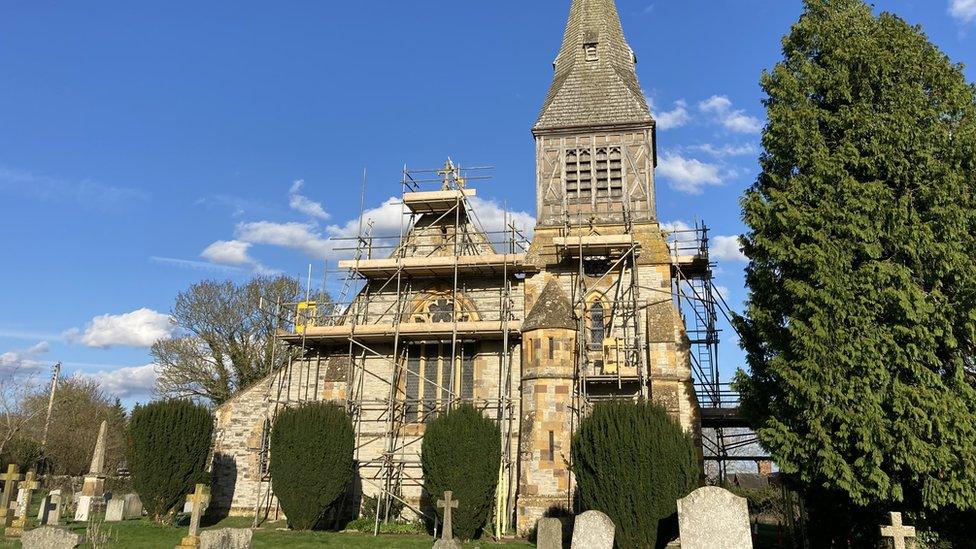
Temple Grafton's mediaeval gothic church was built to replace an Anglo-Saxon church, which was probably where William Shakespeare and Anne Hathaway married, said The Victorian Society.
It is perhaps architect Frederick Preedy's finest in the West Midlands and includes "glorious" stained glass also designed by him, it said.
The building now has serious structural issues, meaning services cannot be held as oak shingles and the spire are loose and unsafe.
A fundraiser has been started to meet the £250,000 cost of works needed.

Blackborough House, Kentisbeare, Devon
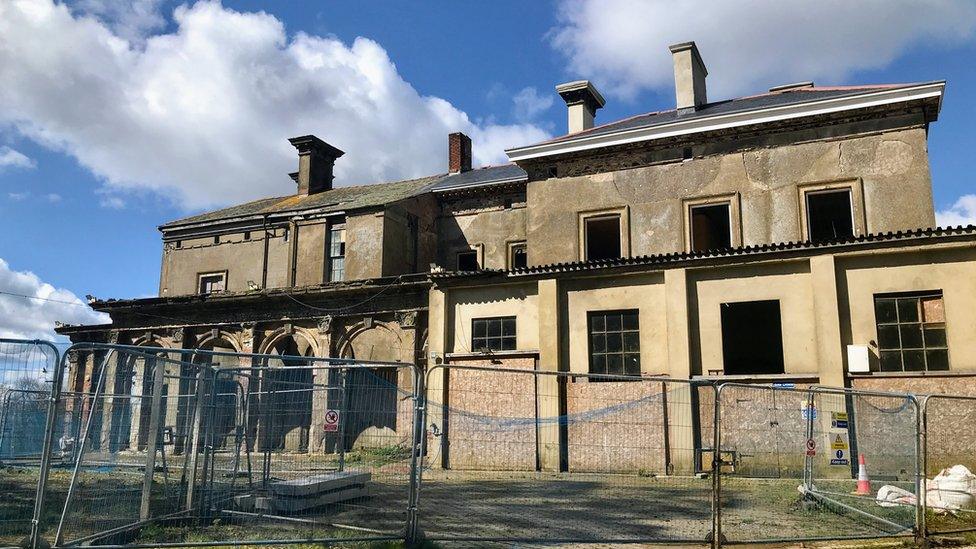
The semi-derelict country house, set in the Blackdown Hills Area of Outstanding Natural Beauty, had been used for everything from a training centre for the unemployed in the 1930s to a breakers yard for scrap cars.
Somehow the villa survived an attempt to demolish it in 1917 and has been stripped of many of its fine features, said the society.
Work has started to restore the building into two grand homes and is on the market, but "now needs someone who has the tenacity to see the restoration through to its completion," the charity said.

Rockwell Green Water Tower, Rockwell Green, Somerset
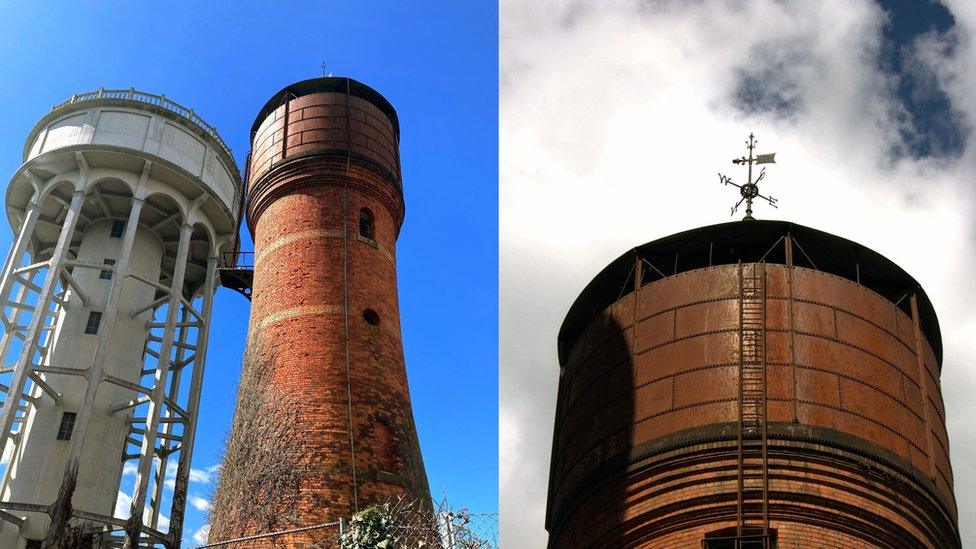
The distinctive tower in the Somerset village of Rockwell Green was commissioned in1885 following an epidemic of typhoid fever, replacing 286 local wells which had become polluted. A second tower was later added.
Both were refurbished and sold to a developer in 2013, but have remained vacant and neglected, said the society.
It is urging the present owner to sell so the site can be sensitively reused.

Trowse Sewage Pumping Stations, Bracondale, Norwich
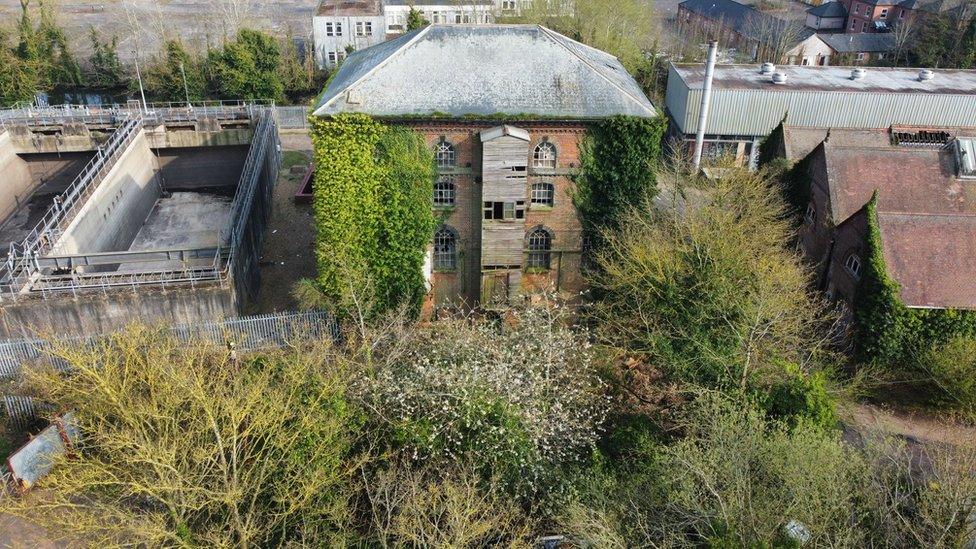
The Norfolk station opened in 1869 to help deal with the dumping of sewage into local rivers.
The entire complex of sewage pumping stations, boiler houses, smithy and a terrace of workers' houses have all survived.
Last used as a furniture workshop in 2012, the site was purchased by a developer and is now totally derelict, said the society.

The Coach and Horses Hotel, Wallsend, North Tyneside
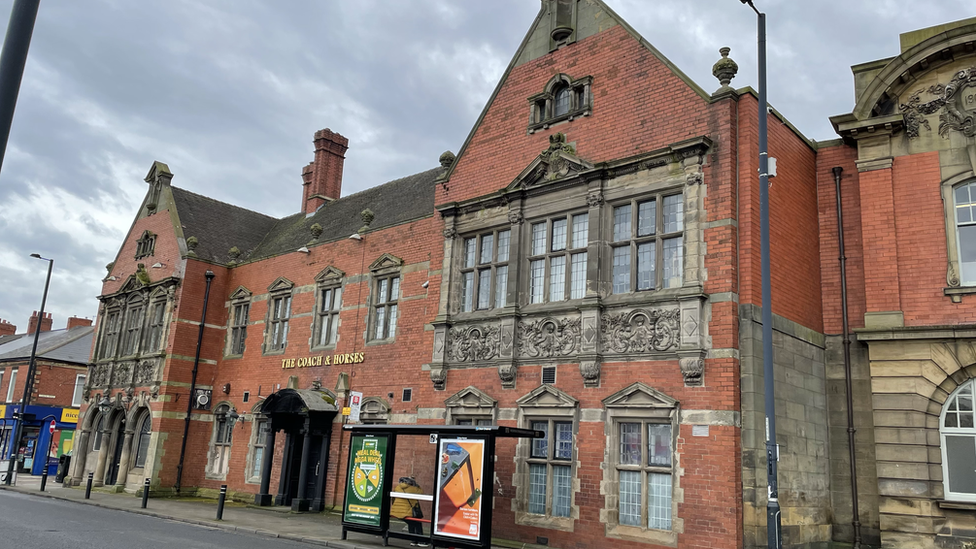
The 1907 hotel was built for brewers WB. Reed and Co, and was designed by their company architect.
Later used as a pub, the terracotta building in the Jacobean style has been closed since 2017.
"It is a huge civic building left it in a state of decay on an extremely prominent high street site," said the society.
It is urging the owner to put the building on the market if they do not plan to use the building sensitively.

Carlisle Victorian and Turkish Baths
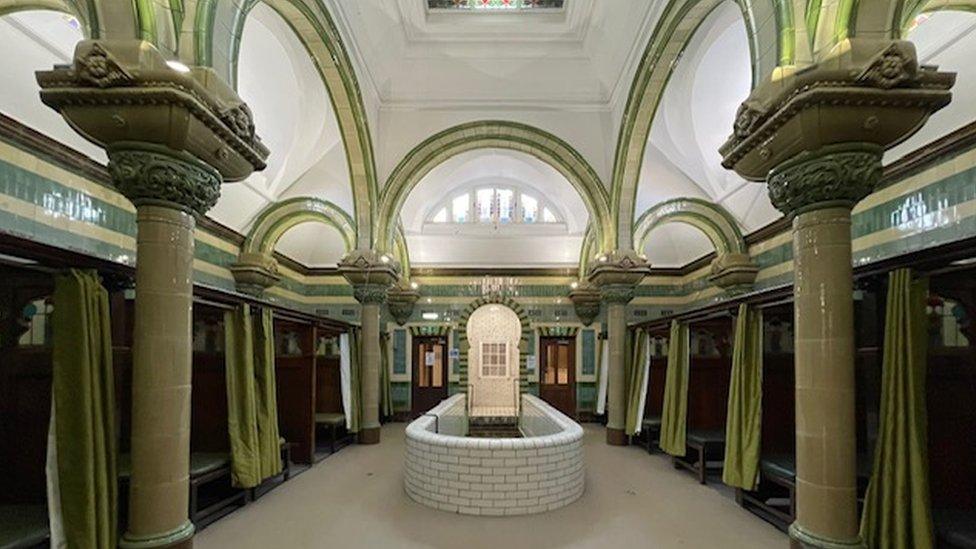
The historic baths and washhouse was originally opened in 1884 to help improve the health and hygiene of locals.
The "lavishly tiled" Turkish baths were added in 1909, and include the largely complete decorative work by Minton and Hollins of Stoke-on-Trent.
It was one of only 12 historic baths in the UK still operating - only nine of which are open to the public, said the society.
An active charity continues to fight to save the baths.

The Constitutional Club, Lincoln
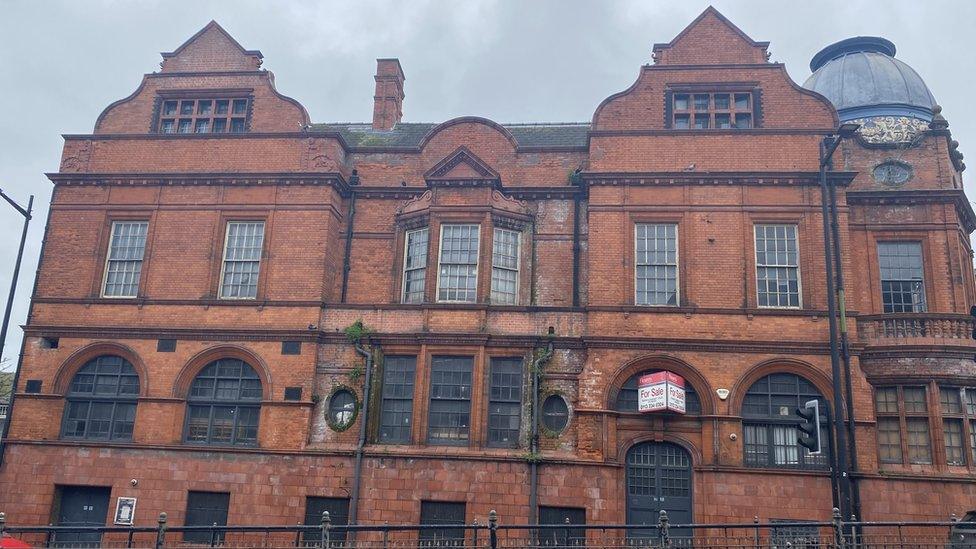
The 1895 building, which boasted a reading room, library and lecture room, closed as social club in 1996 and remained empty as a semi-derelict shell for 15 years.
It then hosted two different nightclubs and a Brazilian restaurant, said the society.
The club was put on the market in March 2020 and remains for sale.

Office for the Board of Guardians of Walsall Poor Law Union, Walsall
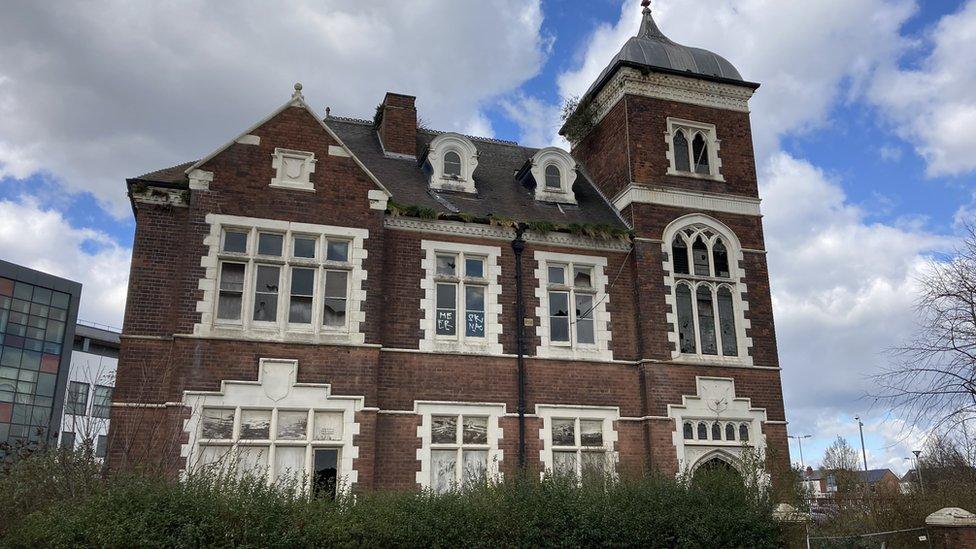
The building is the only part of the Victorian Walsall Manor Hospital not to have been demolished.
Completed in 1900, it was built as the offices for the Central Union Workhouse which housed 230 people, said the charity.
Untouched since 2007, it has been on the market since August 2022.

Soldiers' Point House, Holyhead, Anglesey

Soldiers' Point House was built by Charles Rigby, who oversaw the creation of Britain's longest breakwater at Holyhead.
The castellated building became a hotel in 1950 which closed around 2000, with plans to convert the mansion into Holyhead's Maritime Museum were dashed by a fire in 2011.
It has been an empty shell since.
All images are subject to copyright.

Follow BBC West Midlands on Facebook, external, Twitter, external and Instagram, external. Send your story ideas to: newsonline.westmidlands@bbc.co.uk, external
- Published3 February 2023

- Published23 November 2022
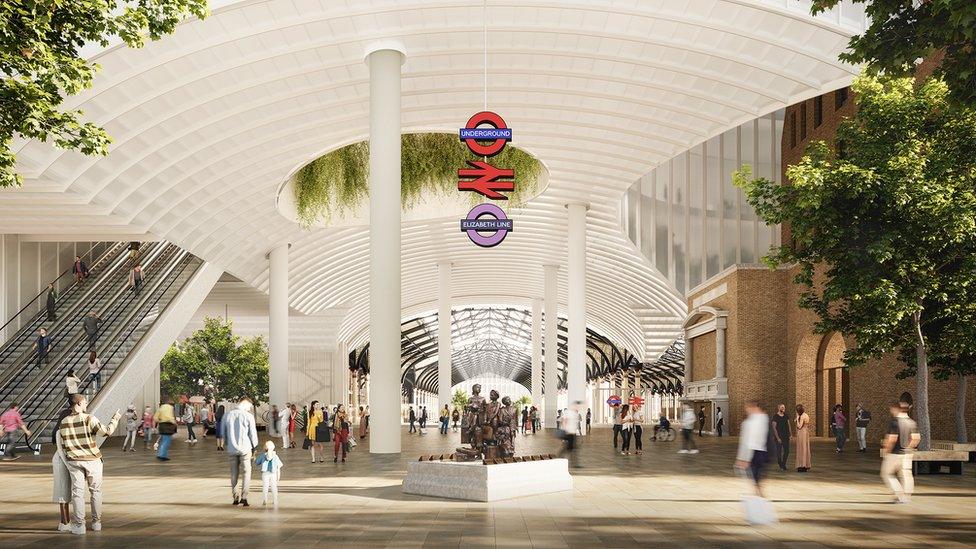
- Published13 December 2021
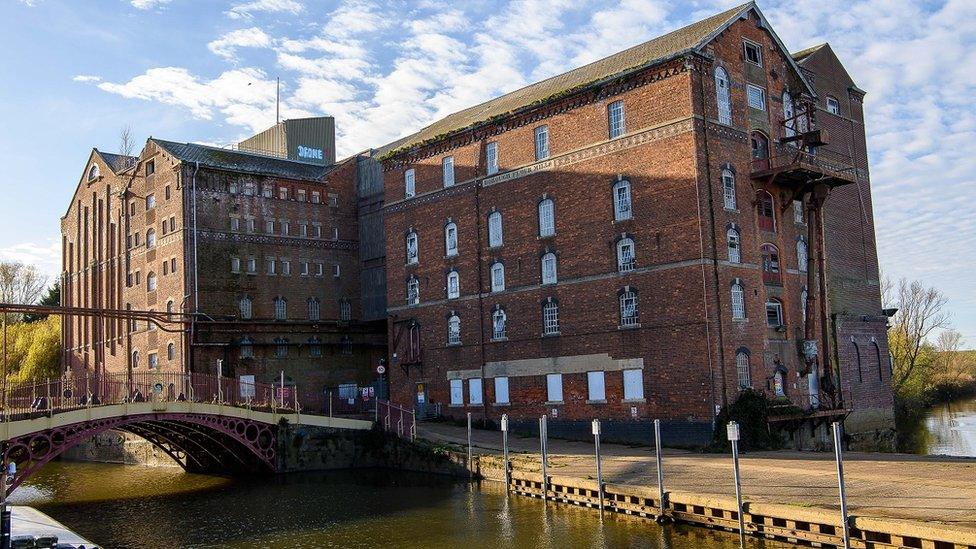
- Published30 September 2020
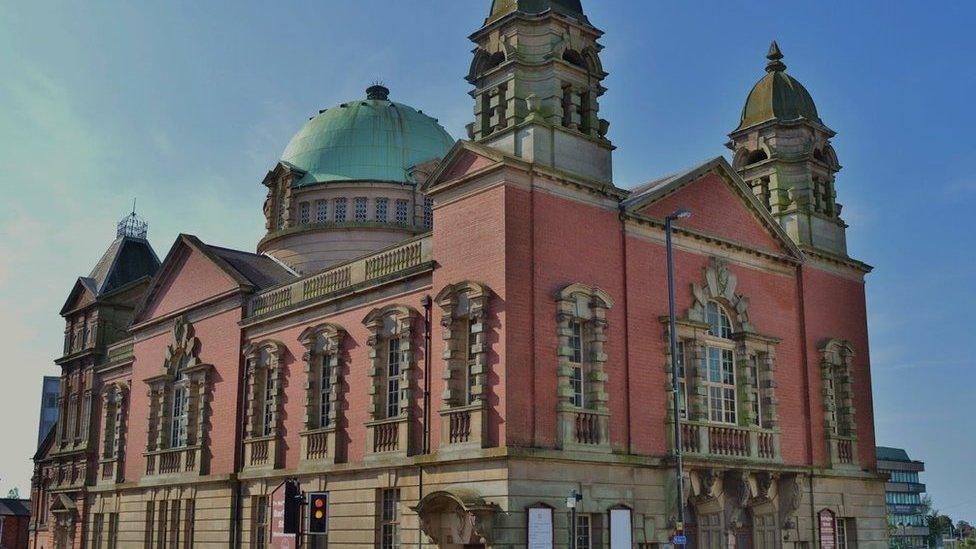
- Published18 September 2019
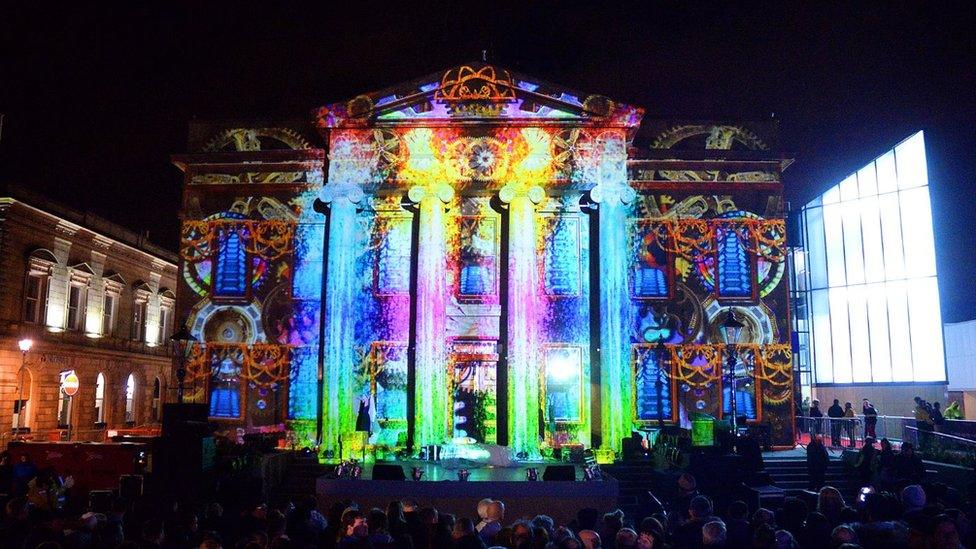
- Published13 September 2019
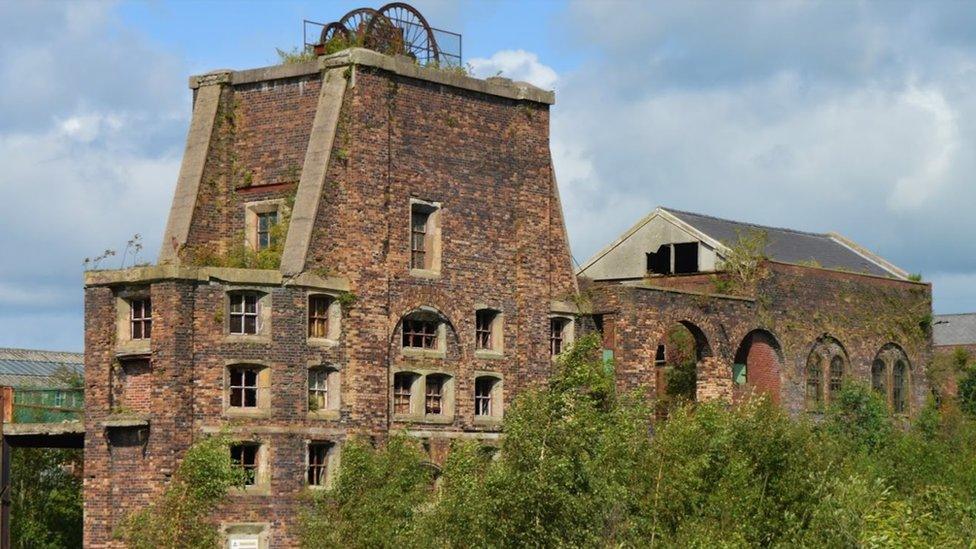
- Published12 September 2018
